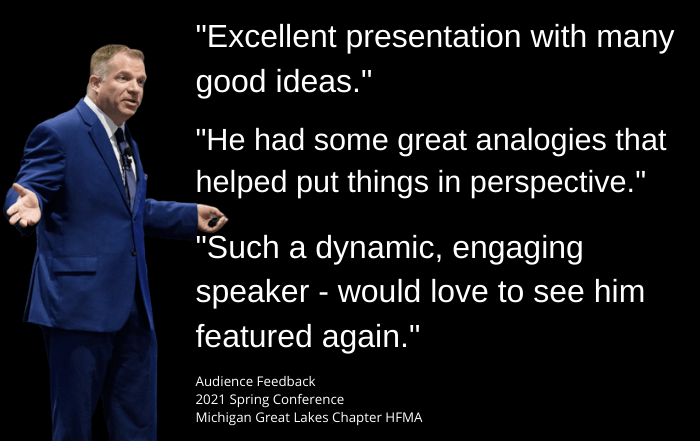 You can save a lot of time and money at work if you learn to communicate urgency and importance. Otherwise, employees may guess and guess wrong, when it comes to what you want them to do.
You can save a lot of time and money at work if you learn to communicate urgency and importance. Otherwise, employees may guess and guess wrong, when it comes to what you want them to do.
I’m reminded of a situation I saw several times, while working in TV news. As a reporter, you’d sometimes be given a story that didn’t seem very newsworthy. It wasn’t that the story was bad but usually you’d imagine it would be one of the first to be dropped, in the story meeting, as a TV station only has so many stories it can cover in a day.
It turns out there’s a story behind these kind of lackluster stories and they often involve the station’s General Manager, the person in charge of all operations at the station.
Often the General Manager would attend an event, like a Chamber of Commerce breakfast. At that event, someone gives the General Manager a press release for their organization and asks if it could be passed on to the newsroom.
The General Manager smiles and says, “Sure.” Later in the day, he or she goes down to the newsroom and gives the release to the News Director. “Someone gave this to me this morning,” is all the information given to the News Director.
The News Director then walks 15 feet to the Assignment Manager and says, “The General Manager passed this on to me.”
Later, when assignments are handed out in the story meeting, the Assignment Manager gives a reporter the story and says, “The General Manager wants this done.”
And thus, a lackluster story ends up on the news. It’s a situation where no one could communicate urgency and importance. And sometimes neither the General Manager, nor the News Director even read the press release.
While you don’t need to operate at the speed of a newsroom, these little mistakes and misunderstandings waste your time and energy. Consider these tips to help you better communicate urgency and importance.
Define Speed
If you routinely give someone work to accomplish, do you let them know how quickly you want it to get done? Is it a situation, where everything else needs to be dropped so total focus can be given to the project?
Sometimes this isn’t said but is delivered through non-verbal communication. This opens the door to misinterpretation, as you may be out of breath from having run up the stairs, rather than communicating that you need the assignment to be done as soon as possible.
Give people at least a rough idea about when you need things done.
Define Importance
If something is the most important thing you need that day, then communicate it. That’s very different than a task that needs to be done in the next week.
Along those lines, some things need to be perfect, while others just need to be good. There’s a lot of time and energy between perfect and good. Make sure you communicate the level of quality needed.
Reprioritize If Needed
Adding something to someone’s workload, may require some adjustments. This step is often forgotten when things are busy.
As a result, the employee suffers in silence, trying to complete an impossible to-do list, in a limited amount of time. This kind of scenario can open the door to burnout or someone eventually deciding to quit.
Instead, take a moment to go over tasks and explain the urgency and importance. Make sure the employee has a clear idea of what needs to be done.
Also, make sure employees feel empowered to raise concerns, if additional work will negatively impact other duties. A few minutes of listening can prevent a lot of problems.






